The second of the two problems to be solved: the food
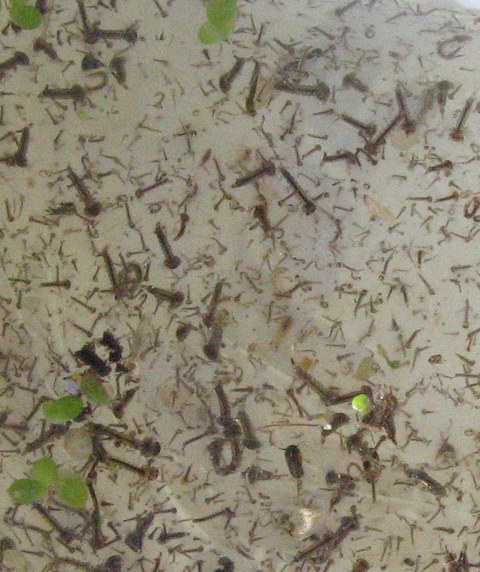
Besides the water, the supply of proper food is the second problem each licorice gourami enthusiast has to solve. There are no further problems, just these two. Parosphromenus only eat live food. Sometimes they accept fro zen live food, but we would not advice this. Such food “bleeds out”, before it is eaten and especially the small water bodies of the Parosphromenus tanks would be spoiled quickly. Use only live food. This makes the care of small tanks much safer, as if the keeper would be dependent on dry food. The great market success of the filter manufacturers has to do with this fact: the modern aquaristium hobby has become based on dry food.
.In any case it is advisable to offer food variety. Between Artemia nauplia and white mosquito larvae or young shrimp; everything that fits into the Parosphromenus mouth. For the expert it is clear that a varyied diet is important to get the fish prepared for spawning. An exclusively fibre-rich diet (Daphnia) will not be sufficient; this can only be an (important) food supplement. Mosquito larvae, Moina and Artemia are thus the most important live food supplies for a good Parosphromenus diet. Some must be caught in the wild, while others can be bred in the garden or even in the house. In any case it is possible to get a very good food base with simple food cultures to overcome the winter season, when outdoors food is not available.
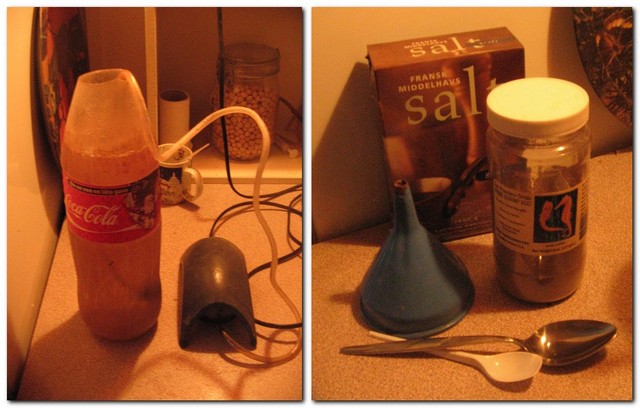
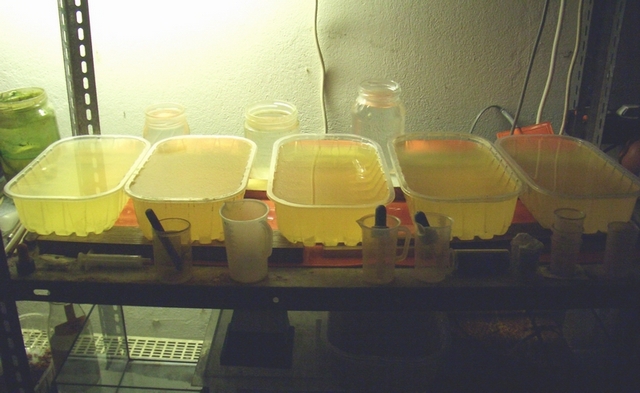
Black and white mosquito larvae will be eaten especially eagerly; both come close to the natural diet. Red mosquito larvae as well as Tubifex should be avoided, because they can carry diseases. Small Daphnia and Bosmina will be eaten, but they have hard shells and have few nutrients. More popular are the soft-shelled Moina, which can also easily be bred. Similarly easy to breed are Grindal worms, but they should be fed only in small amounts because of the danger of fatty degeneration. For small fry, micro- and vinegar worms can be fed. Some Parosphromenus breeders feed small shrimp, which is a near natural form of feeding. However, especially in intensive Parosphromenus breeding, very young fry could be prey for the shrimp.
A good food for fish of all ages is freshly hatched Artemia. Even adult licorice gouramis, which could easily eat much larger food, will eat them willingly and can even be prepared for spawning with it. Taking into account that variety is always advisable, it is however possible to create a good food base with Artemia. The big advantage of Artemia is that they will be eaten willingly by licorice gouramis of all ages. Even young fry secretly living in the parent´s tanks will get their share. The smallest Parosphromenus fry, immediately after they start to swim free, might be able to eat small Artemia nauplia, but sometimes they are not. For these species, rotifers are ideal, but also Paramecia are acceptable. Culture of these is also possible.
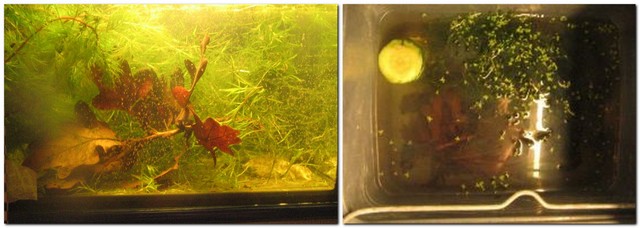
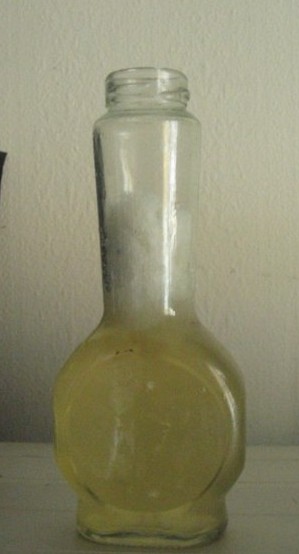
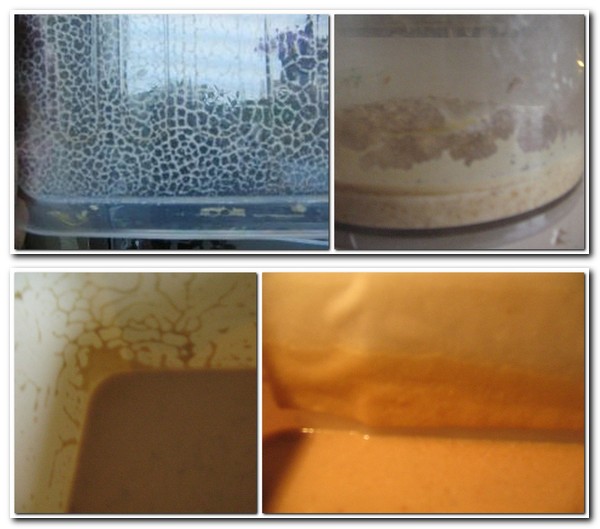
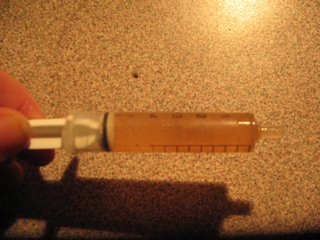
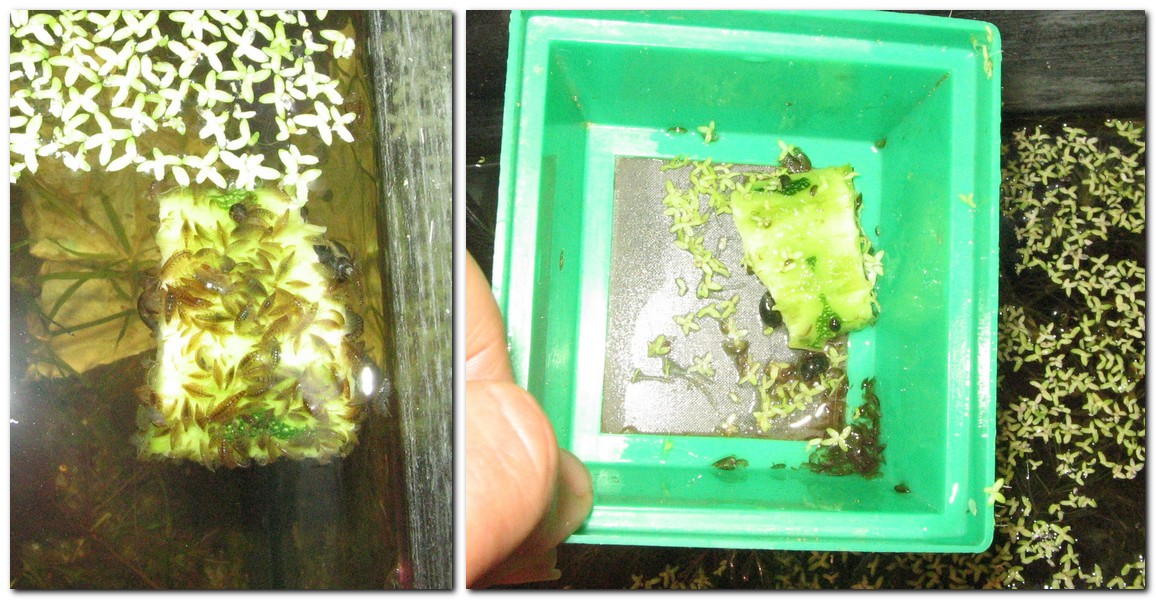
Again, this kind of permanent live food supply might appear to be complicated and difficult, especially for those, accustomed to taking food from the can. In fact, it is not – it is just a matter of habit. It makes the care for small tanks much easier and frees the enthusiasts from being dependent on the food industry.
(PF)

